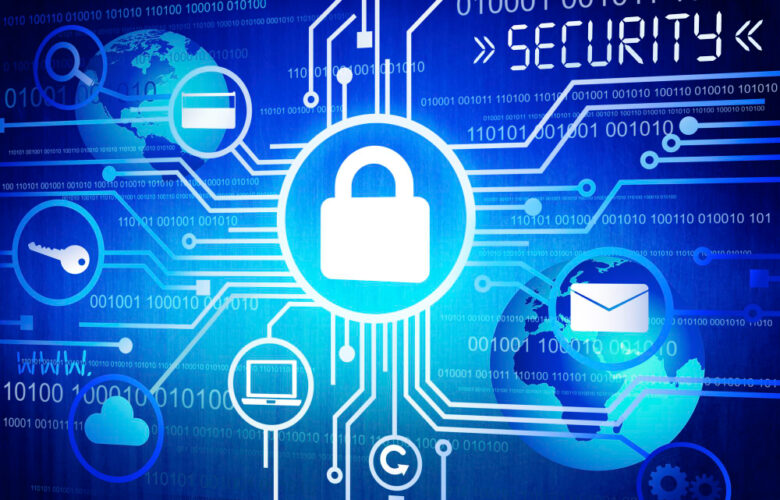Key Takeaways:
- Importance of secure data forensics in today’s cybersecurity landscape.
- Best practices for ensuring secure data collection, storage, and analysis.
- Real-world examples of data breaches and how forensics helped mitigate damage.
- Resources for further learning.
Table of Contents:
- Introduction
- Understanding the Basics of Data Forensics
- Best Practices for Secure Data Collection
- Proper Storage Methods for Sensitive Information
- Efficient Data Analysis and Interpretation
- Real-World Examples of Data Breaches
- Further Resources for Learning
- Conclusion
Introduction
In an era where data is valuable, ensuring its security and integrity during forensic investigations is paramount. Digital evidence can make or break cases, particularly in cybersecurity. This is essential not only for legal purposes but also for maintaining trust and credibility in cyberspace. As cyber threats become more sophisticated, organizations must stay ahead by implementing robust cybersecurity measures, making comprehensive knowledge of data forensics crucial. This article provides an in-depth guide to cybersecurity best practices tailored for secure data forensics, equipping professionals with the knowledge needed to protect and maintain digital evidence integrity.
Understanding the Basics of Data Forensics
Data forensics involves collecting, preserving, analyzing, and presenting digital evidence. Professionals in this field must adhere to stringent protocols to maintain the integrity of the data and the privacy of individuals. Effective forensic collection ensures the accuracy and reliability of this evidence. The process typically includes identifying data, preserving it in its original form, analyzing it, and presenting the findings. Comprehensive training and robust tools are essential components. Understanding the legal and ethical implications of digital evidence handling is also critical, as mishandling can make evidence inadmissible in court. Shifting technology trends further means that forensics experts must continually update their methods and skills to stay ahead of cyber threats, ensuring the reliability and accuracy of their findings.
Best Practices for Secure Data Collection
Collecting digital evidence requires meticulous planning and execution. Utilizing encrypted storage devices and verified collection methods can prevent tampering and unauthorized access. Organizations should establish clear policies for legal compliance to ensure that data collection protocols align with regulatory requirements. Adopting standardized tools and techniques can maintain consistency and reliability across various cases. Furthermore, having a well-documented chain of custody for all evidence collected ensures that data can be verified and traced back accurately in any legal or investigative process. Regular training sessions and updates on the latest tools and methods can help forensic professionals stay informed and prepared, enhancing overall data collection practices.
Proper Storage Methods for Sensitive Information
Once collected, sensitive data must be stored securely. Using advanced encryption methods and secure storage solutions helps safeguard the information. Regular audits and updates ensure ongoing protection. Organizations should employ multi-layered security approaches, including both digital and physical safeguards, to protect against unauthorized access and potential data breaches. Implementing and frequently updating secure access controls ensures that only authorized personnel can access sensitive information. This multi-faceted approach helps maintain the data’s confidentiality, integrity, and availability. Additionally, leveraging cloud-based solutions with robust security protocols can offer scalable and efficient storage options for handling large volumes of forensic data, providing flexibility and enhanced security.
Efficient Data Analysis and Interpretation
Analyzing digital evidence efficiently requires sophisticated tools and skilled professionals. Employing rigorous methodologies while maintaining data integrity is crucial for reliable results. Continuous training and up-to-date software are essential to adapt to evolving threats. Investing in high-quality forensic tools and ensuring well-trained staff can significantly enhance the accuracy and reliability of forensic analysis. Additionally, collaborative efforts among cybersecurity professionals can lead to shared knowledge, more effective solutions, and innovative strategies to combat emerging threats. Involving interdisciplinary teams, including legal experts and data scientists, can also enhance the analytical process by bringing diverse perspectives and specialized knowledge to the table, resulting in more comprehensive and accurate interpretations.
Real-World Examples of Data Breaches
Data breaches can have severe consequences. The Equifax and Yahoo data breaches provide valuable lessons on the importance of robust cybersecurity measures. Forensic investigations in these cases were instrumental in understanding the breach and mitigating damage. These instances underscore the necessity of having comprehensive incident response plans in place. By learning from past breaches, organizations can develop better defenses to protect against future attacks, improving the overall resilience of their cybersecurity infrastructure. Examining these high-profile cases reveals common vulnerabilities and attack vectors, allowing forensic experts to craft more effective preventative measures and response strategies tailored to specific threat landscapes.
Further Resources for Learning
Continual learning is imperative in the field of data forensics. The SANS Institute offers extensive resources and training programs. Additionally, NIST provides guidelines and best practices for cybersecurity. Staying abreast of the latest developments and best practices through these resources ensures professionals remain prepared to tackle ever-evolving cybersecurity threats. Engaging in professional courses and certifications and staying connected with industry peers contribute to ongoing professional development and strengthening forensic expertise. Moreover, participating in cybersecurity conferences and workshops can provide valuable networking opportunities and exposure to the latest research and technological advancements.
Conclusion
The ever-evolving digital landscape necessitates robust cybersecurity practices for secure data forensics. Organizations can safeguard sensitive information and enhance their incident response capabilities by following the best practices outlined in this article. Secure forensic processes protect data integrity and strengthen the organization’s cybersecurity posture. As cyber threats continue to develop, remaining vigilant and committed to best practices in data forensics is critical in protecting digital assets and maintaining the trust of stakeholders. Investing in continuous learning, advanced tools, and cross-disciplinary collaboration will further empower forensic professionals to navigate the complexities of modern cybersecurity challenges, ensuring they are equipped to respond effectively to incidents and contribute to a safer digital environment.
